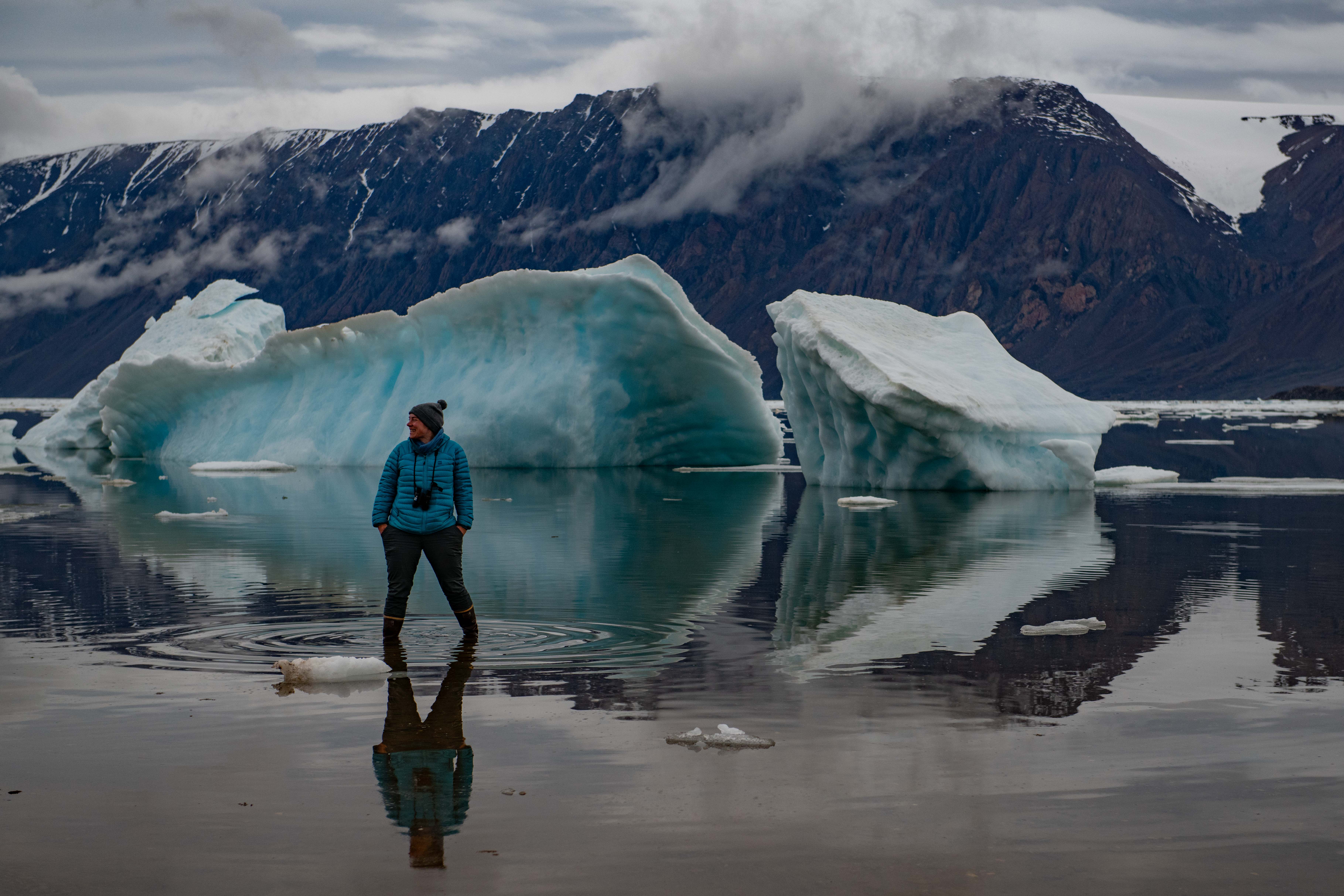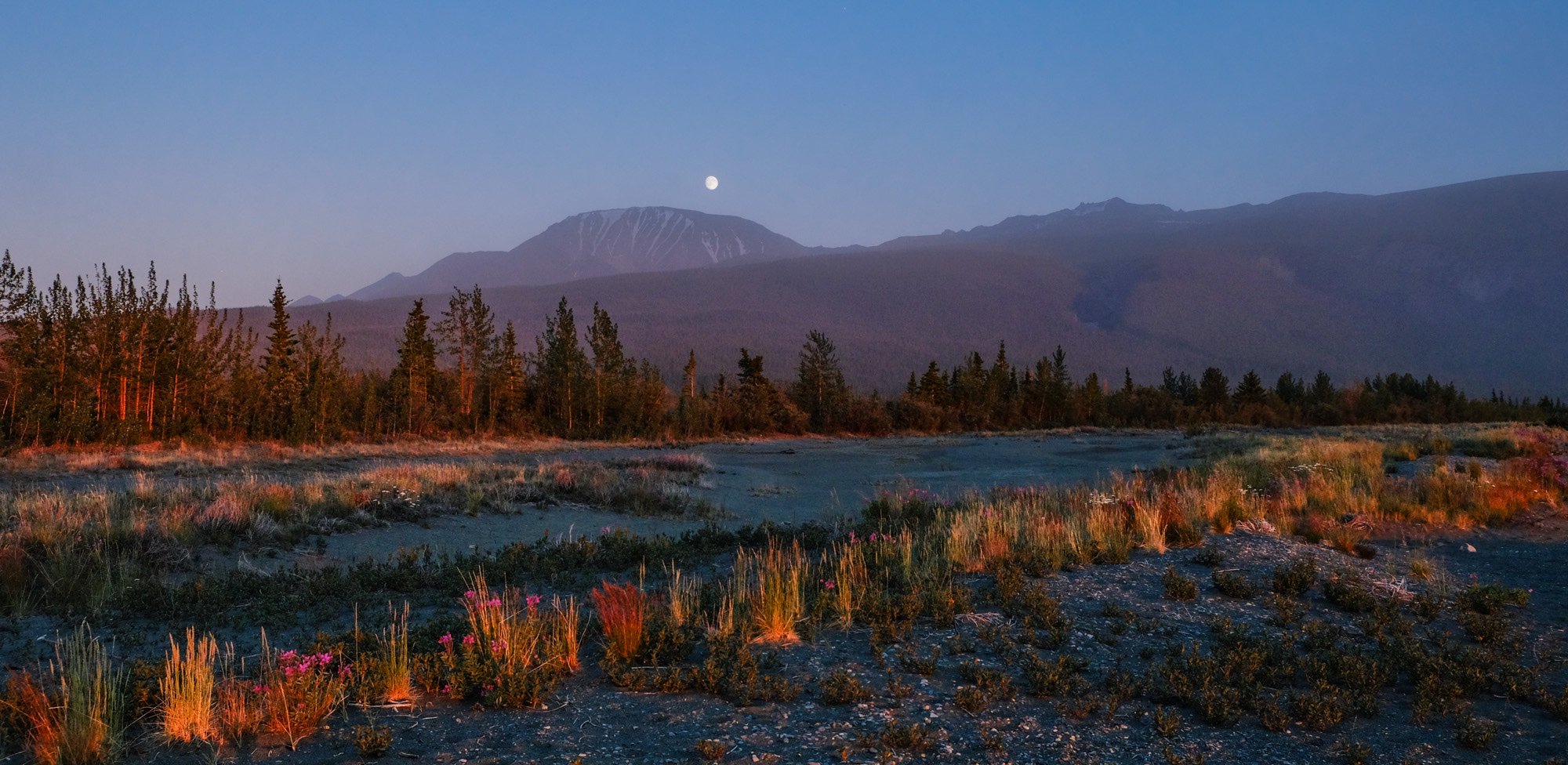
I’m Isla Myers-Smith a global change ecologist from the University of Edinburgh in Scotland. I study plants in the Arctic and beyond and how ecosystems are responding as the planet warms. I work with my research group Team Shrub using all sorts of tools from measuring tapes to drones to capture Arctic change that we are seeing first hand at our Yukon field site Qikiqtaruk and around the tundra biome. What drew me to the Arctic over a decade ago was the promise of adventure and my curiosity about tundra responses to a warmer climate. I can’t wait to return this summer to add another piece to the puzzle of understanding Arctic greening!

Looking back it is hard for me to pinpoint when exactly I developed a fascination for the lands north of the treeline – the tundra. And I don’t know when it was that I first knew that working to understand change in the Arctic was going to become my life’s passion. It has been 30 years since I first went North as a child and 17 years since my first trip to the Arctic. I have been studying the impacts of Arctic climate change since 2008, the first time I set foot on Qikiqtaruk – Herschel Island. As I build a deeper and deeper connection to that place, I also am forming a deeper understanding of the change that is occurring on Qikiqtaruk and around the Arctic.

My first trip to the Canadian North was when I was a 9 year-old kid. My parents were biologists and my father was working on a project in the boreal forests of the Yukon Territory. My childhood memories of that first trip North are mosquitoes, mountains, plane flights above the Kluane icefields out towards Mount Logan, and of course people who now are lifelong friends.

Twelve years later when I was in university, I asked my undergrad thesis supervisor where should I go to do my graduate studies and she said she always thought Alaska sounded adventurous. And a year later I was moving north to the University of Alaska Fairbanks. My first trip beyond the Arctic Circle was at the very beginning of my time in Alaska. We drove up the Hull Road from Fairbanks the 600 kms North above the Brooks Range, beyond the farthest north spruce tree, to the Toolik Lake research station. It was here that I first formed an understanding of the impacts of a warming climate on tundra ecosystems – the focus of my research today.

Six years later, I made my first trip to Qikiqtaruk – Herschel Island, the destination for our 2019 research expedition. I was hanging out in the Kluane area conducting my PhD research on the increases in shrubs in the alpine tundra of the mountains around Kluane. In the same place where my father had been studying birds twenty years prior. And, I heard out about a trip to the Arctic coast of the Yukon – they were short one member of the team – someone to study the plants.

The Yukon is a triangular shaped territory in the far northwest of Canada adjacent to Alaska. Most of the people live in the southern parts of the Yukon with nearly 80% of people living in the biggest town Whitehorse. There aren’t many people living in the Northern part of the territory which is mostly wilderness where wildlife range free. Up on the Yukon Arctic coast there are no permanent settlements, though Inuvialuit people visit the coast to fish, harvest wildlife and live off of the land. Very few other people get the opportunity to visit this remote part of the Canadian Arctic. So when the opportunity arose to replace a botanist on a trip up there, I jumped at the chance.

Qikiqtaruk means the island in Inuvialuktun, the local language. My first memories of visiting Qikiqtaruk are of the plane flight out there from Inuvik. My first trip was on a float plane – a one and a half hour flight out to the island with all your food for the trip. It is a sometimes exciting flight across the vast Mackenzie Delta, along the Arctic coast past remnants of cold war radar stations and oil exploration from the past. It is the only island along the Yukon Arctic coastline – a chunk of mostly frozen mud, green with plants in the summer. On first approach it often emerges from the mists.

I have been back to Qikiqtaruk eight times and every year for the past six years. This summer I will have the chance to return again to this place that is the territory of the Inuvialuit people, but feels like an Arctic home to me. I am eagerly anticipating that flight where we head out again across the delta with our plane load of gear and food. When we finally land on the rough beach airstrip and are greeted by the Park Rangers. That moment when I step down off of that plane and back on to the island that I have come to know and where I get to observe firsthand the change that is happening across the Arctic.

By Isla Myers-Smith
